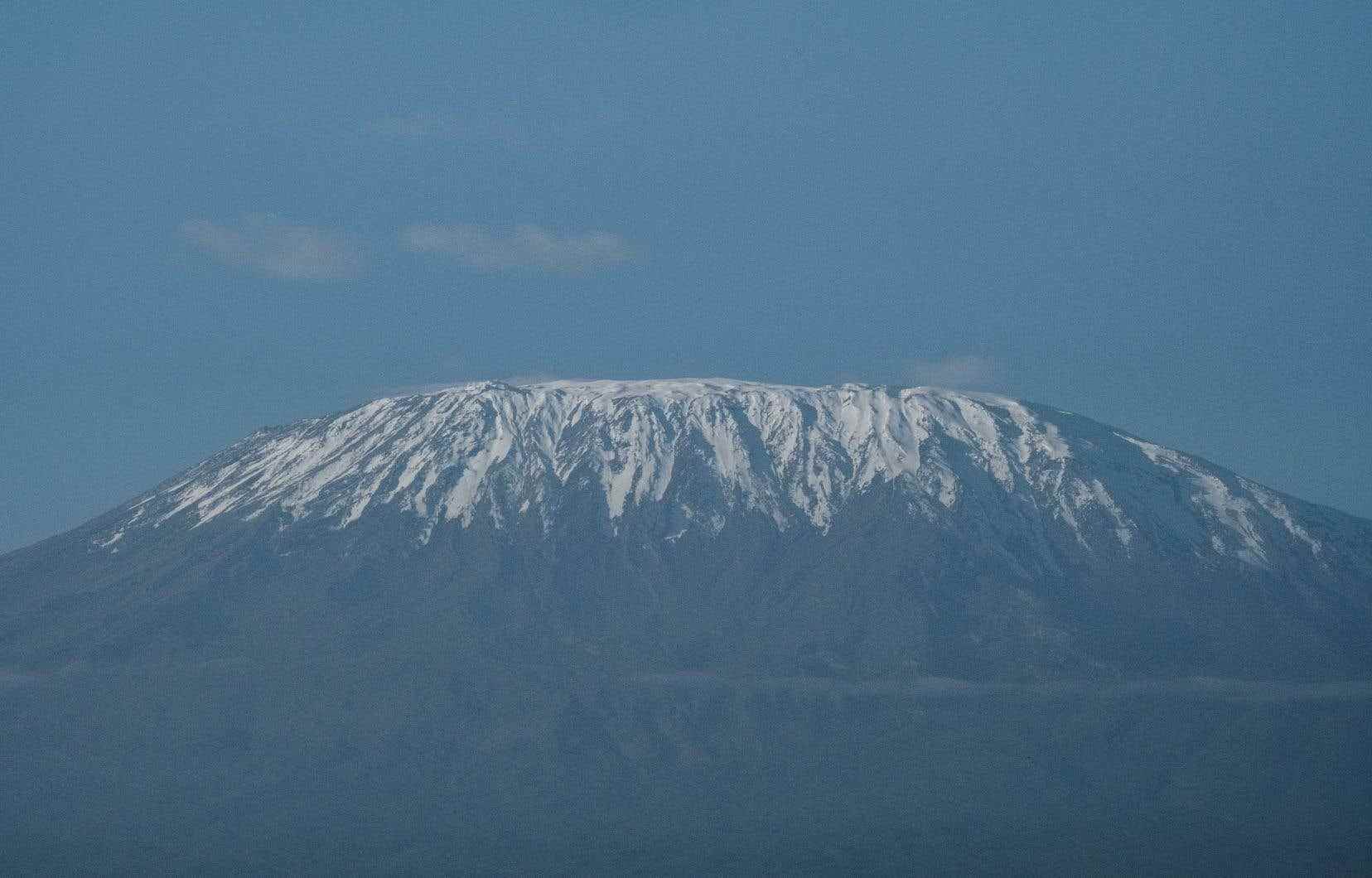Several of the world’s most emblematic glaciers, including Yellowstone, the Pyrenees and Kilimanjaro, will disappear by 2050 “regardless of the climate scenario”, UNESCO warned Thursday a few days before COP27.
The United Nations Educational, Scientific and Cultural Organization (UNESCO) calls for “rapidly reducing CO2 emissions”.2 to preserve the other glaciers it has listed as World Heritage.
The study covers 18,600 glaciers of 66,000 km2 in total spread over 50 World Heritage sites, or 10% of the total glacial surface of the earth, specifies UNESCO.
On a third of these sites, the glaciers will completely disappear. The others “could be saved if we limit global warming to 1.5°C” by a “drastic” reduction in greenhouse gas emissions, warns the organization.
World Heritage glaciers melt at the rate of 58 billion tonnes of ice each year, the volume of water used annually by France and Spain, contributing 5% to global sea level rise, according to The report.
The speed of the retreat of the glaciers “worries”, especially since “the melting is accelerating”, detailed to AFP Tales Carvalho Resende, co-author of the study.
According to the report of the Intergovernmental Panel on Climate Change (IPCC) published in the spring, the melting of ice and snow is one of the ten major threats caused by global warming.
The UN’s COP27 climate conference, which takes place from November 6 to 18 in the Egyptian seaside resort of Sharm el-Sheikh, “will have a crucial role to play in helping to find solutions”, underlined the director of UNESCO, Audrey Azoulay, in a press release.
17 locations
The glaciers of World Heritage sites are a representative sample of “all types of glaciers” in the world. Melting can be seen everywhere, and mainly in North America and the Arctic.
All the glaciers classified in Africa will disappear by 2050, in particular those of Kilimanjaro National Park, in Tanzania, or Mount Kenya.
In Europe, the glaciers of the Pyrénées-Mont Perdu in France and Spain are set to disappear, along with those of the Dolomites in Italy, the Swiss tectonic hotspot Sardona and the Yellowstone and Yosemite national parks in the United States. Three classified sites in Russia will also see their glaciers melt completely.
In total, the glaciers of 17 World Heritage sites will no longer exist by 2050, projects UNESCO, based on an analysis of satellite data carried out with the International Union for the Conservation of Nature (IUCN ).
The glaciers of the protected areas of the three parallel rivers in Yunnan in China have seen their volume more than halved and are currently melting the fastest among the classified sites.
Special fund
If greenhouse gas emissions remained at their current level, “about 50% of world heritage glaciers could almost completely disappear by 2100”, still alarms the organization.
The impact will be “environmental, on biodiversity and on water resources”, underlines Mr. Carvalho Resende, without “forgetting that these glaciers also have a cultural importance for local communities”.
The melt exposes “millions of people” to “lack of water and increased risk of natural disasters”, adds Bruno Oberle, Director General of IUCN, in the press release.
By emphasizing the most well-known glaciers, UNESCO hopes to provoke a stronger “awareness” for “more ambitious” commitments, according to Mr. Carvalho Resende.
Beyond a call for a reduction in emissions, UNESCO calls for the creation of an “international fund for the monitoring and preservation of glaciers”.
“There is still a fairly significant lack of data,” points out the co-author.
Moreover, “even if we drastically stop emissions, the glaciers will continue to retreat” and “we will have to put in place adaptation actions” in the face of the inevitable upheavals that this will cause, he notes.
